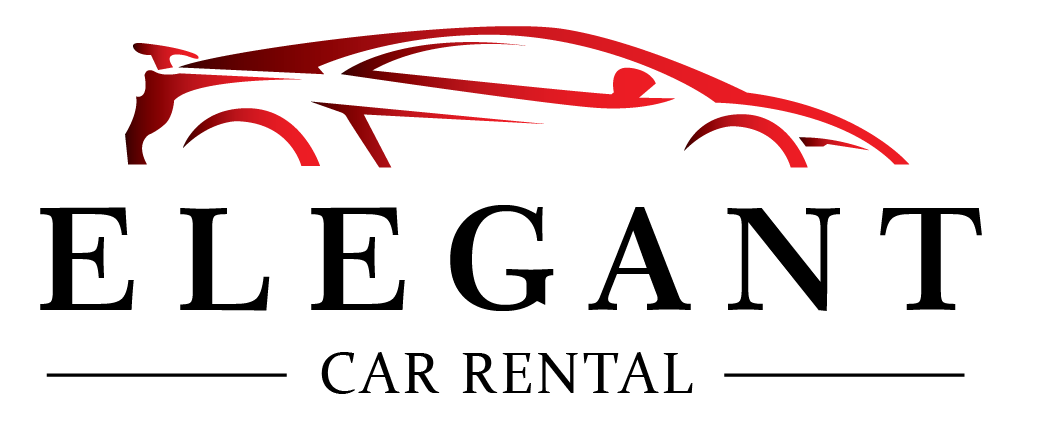Last but not least, you need to drive enterprise-wide adoption. Ultimately, your legal blocking process is only as robust as the people who support it. Make sure everyone in your organization understands both their obligations to preserve evidence and the methods you use to track and prove your organization`s compliance. Provide training and perform routine checks to test your system`s performance. When integrating new software, be sure to focus on the time and money your employees save, as well as the security that comes from trusting your legal detention system. Companies with single sign-on (SSO) for employees can also provide a general link that guides employees individually to their operations through the portal. Many companies choose to include this link in intranet sites or electronic signatures of those who actively work with custodians. Look for cloud-based legal custody software that provides: At Zapproved, we build eDiscovery software that is easy to use, easy to learn, and makes our customers` lives easier. In the ediscovery process, legal holds can be a major headache for many corporate legal teams. Legal teams know why the duty to preserve evidence is so important and why reasonableness is so important, but others within the organization may not know. In the past, statutory retention periods were manual, making them long, lengthy and error-prone. Our own ZDiscovery Hold, for example, offers the ability to automate these time-consuming tasks and reduce hold management time by 70% or more.
A legal retention period is usually initiated by written notice from the legal department to custodians and data processors who may have relevant information about the dispute. The notice directs these trustees to retain – not destroy or alter – all information that may be necessary for discovery, including electronically stored information (ISI) such as emails and spreadsheets, as well as paper records, notes, logbooks and other tangible items. Retention also requires custodians to suspend routine recordkeeping practices, such as automatic deletion of emails or records management schedules. ZDiscovery Hold helps legal teams implement and execute a defensible legal custody process and is trusted by more than 350 corporate legal teams – more than any other legal retention solution. Take control of your legal retention periods and transparently preserve, collect, and review data with ZDiscovery, the #1 choice for enterprise rights eDiscovery software. Document every decision and communication with your caregivers so you don`t have to rely on memory. Better yet, choose legal retention software with a built-in audit trail. Once you have identified the likely sources of evidence, inform the custodians of their obligation to preserve the evidence. However, since most employees are not legal experts, opinions should be clear, understandable and easy to handle. You must also require your custodian banks to confirm their compliance with the block. Next, look at how you currently manage legal retention notices. Do you use email and spreadsheets to send messages and track compliance? Compare current practices with your ideal process and focus on improving the defensibility of your methods.
A litigation suspension, also known as a legal suspension, is a common but essential function of any legal team in a company. Finally, legal holds are the first step in traditional eDiscovery, ensuring that evidence is retained for downstream processes such as collection, processing, analysis, and review. Therefore, it makes sense to review your legal retention process and systems from time to time to make sure everything is as light as possible and, of course, completely defensible. Consistency and compliance are the cornerstones of defensible breakpoints and defensible data deletion. Sending a legal retention notice is not sufficient to meet the discovery requirements. The legal department should be aware that each custodian has received, read, understood and accepted the holdback instructions. This validation is usually done by asking recipients to confirm that they have received and complied with the legal retention obligation. If a depositary does not respond to the blocking notice, the legal service should have a method in place to follow up and escalate communications until the depositary responds positively. Automated process assurance software also provides a defensible “audit” view that documents when each custodian was added to a holdback or released, when each custodian was interviewed, and when records were collected.
